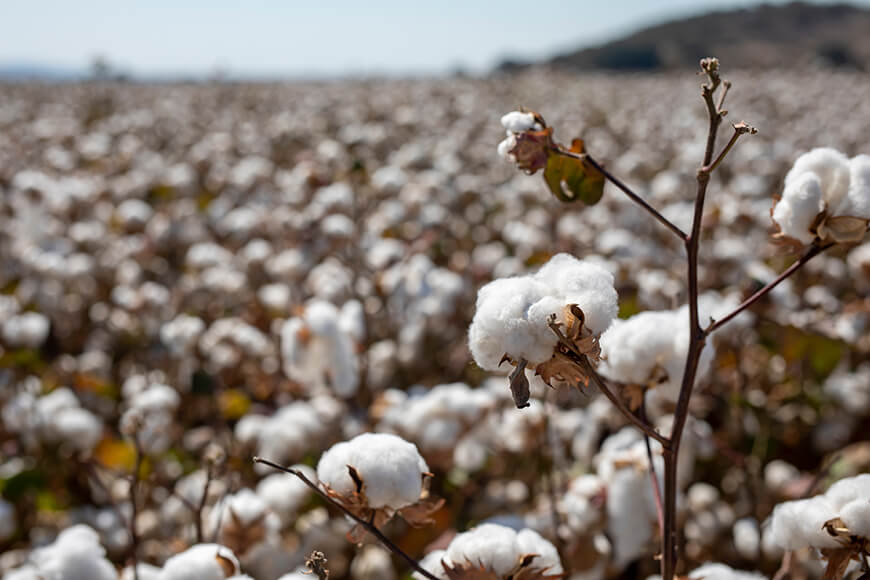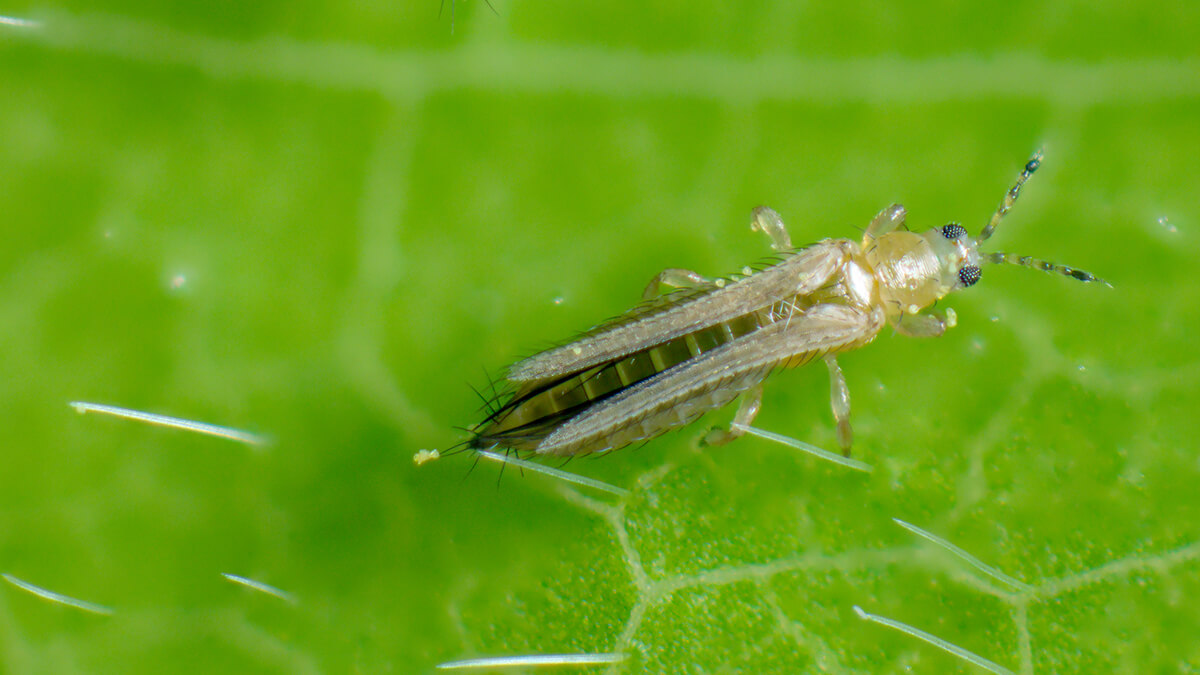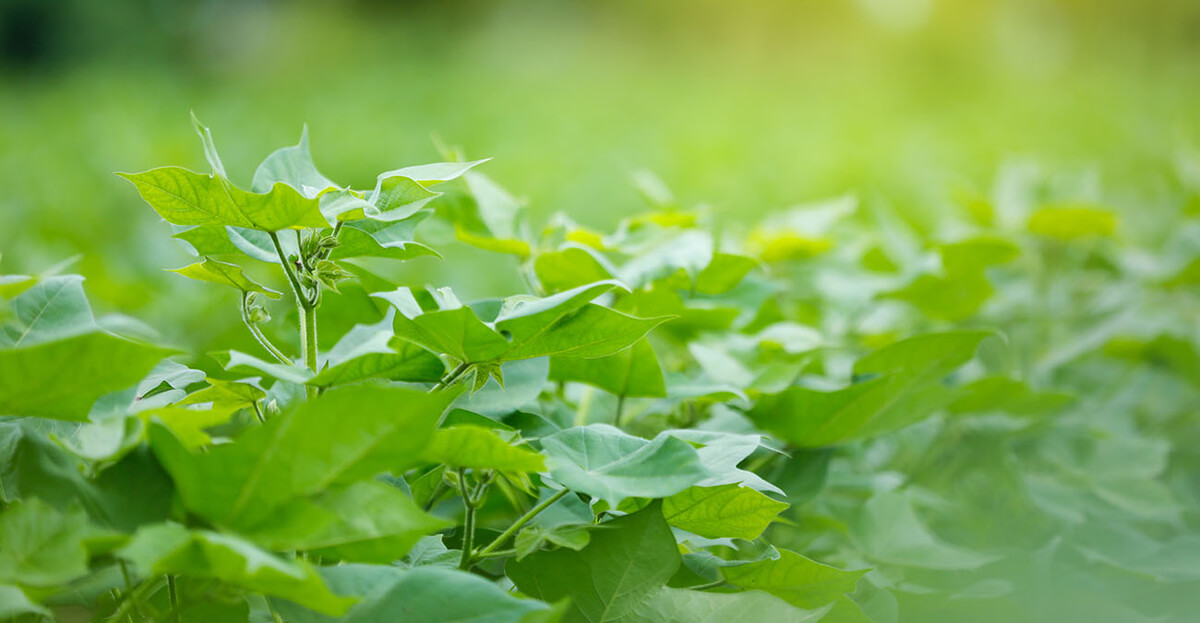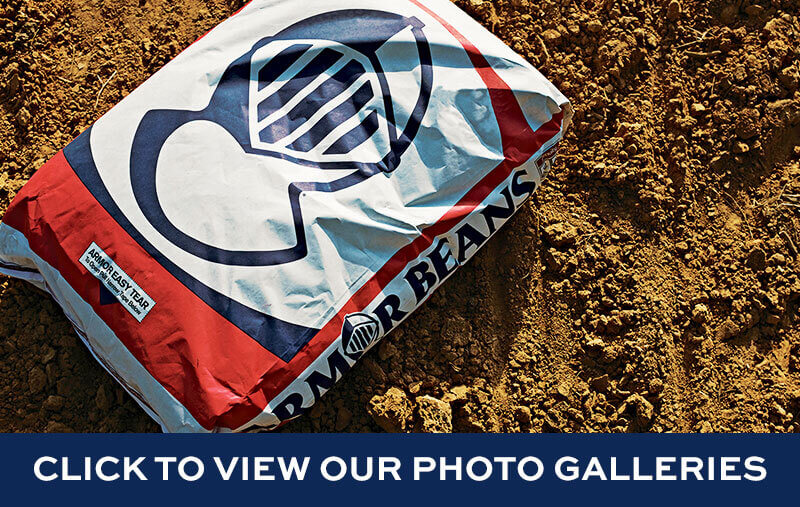In some areas, we are seeing some issues with rust in our corn crop this year. Much of that hasto do with the cooler temperatures and wet weather we’ve experienced. As a field diagnosis, telling common and southern rust apart from one another can be difficult especially early in the season, any time generally prior to tassel (VT).
Both common and southern rust fungi produce fungal spores in structures called pustules, which are raised masses of colored spores that rupture epidermal leaf tissue. On infected corn, pustules are located on leaf surfaces or leaf sheaths. Rust spores can be rubbed off the leavesand leave a brown or orange stain on fingers or clothing. The location, color, and shape of the pustules are important for identifying the type of rust infection.
Common rust in the lower part of the canopy can oftentimes look different than the pustules that form on or above the ear leaf. In general, when southern rust is observed, the disease can be located on leaves at or above the ear leaf. Southern rust is not typically a lower canopy inhabitant.
The following can serve as a general guide to aid in the diagnoses of the two corn diseases.
IS IT COMMON RUST?
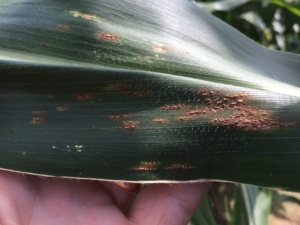
Common rust of corn in the mid-to-upper canopy generally produces a larger lesion with the darker colored sporulation without a yellow halo.
- every corn hybrid is susceptible to the disease
- generally low in the canopy (bottom three leaves) early in the season (vegetative corn), but can be observed throughout the entire plant canopy
- pustules may appear larger
- pustules are not generally observed with a halo; however, pustules on the lowest leaves can develop a yellow halo that makes field diagnostics difficult
- can be a slight pattern to the disease based on the time of infection and when leaves were still in the whorl of the plant
- prefers cooler temperatures (but this is relative)
- sporulation that erupts through pustules tends to be brown, dark orange, or russet in color
- pustules can form on BOTH sides of the leaf, but this is not the best of diagnostic features associated with the disease
IS IT SOUTHERN RUST?

Southern rust produces pustules that appear smaller than those of common and can be surrounded by a faint yellow halo. The sporulation as a result of southern tends to be light orange in color.
- every corn hybrid is susceptible to southern rust, but there may be ranges of susceptibility within the commercially available germplasm – NOTHING is resistant
- generally observed higher in the canopy (ear leaf and above) when first observed
- pustules are generally smaller in size, at least compared to common rust
- oftentimes pustules are surrounded with a faint yellow halo
- no pattern associated with the disease
- prefers warmer temperatures than common rust (can be active well into 100F)
- sporulation that erupts through pustules tends to be light orange in color
- pustules generally (but not always) form on the upper leaf surface
- Fungicides can be effective at reducing potential yield losses; however, timing of application and level of infection are important and likely differ on an annual basis (applications at dent are generally not considered to be economically beneficial).





